Amphitheatre of El Jem
A huge Roman-era arena built for entertainment in a colony of the Roman Empire.

A huge Roman-era arena built for entertainment in a colony of the Roman Empire.

Remains of the period when Tarragona was Tarraco, the Roman capital of the Iberian peninsula.
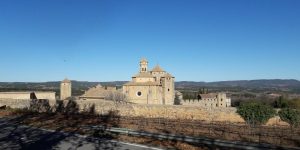
A large 12th-century Cistercian abbey, considered an artistic masterpiece with a blend of architectural styles.
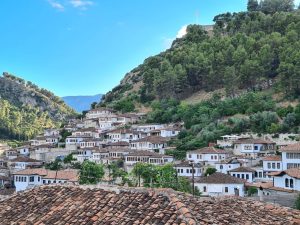
Two towns that exemplify vernacular urban architecture of the Ottoman era.

A picturesque area of countryside and villages surrounded by a vineyard landscape; also an important pilgrimage stop.

Former capital city with an interesting fusion of traditional Lao architecture with European colonial styles.
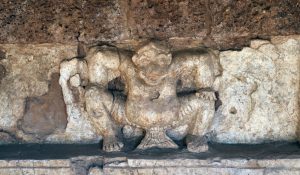
Remains of a town and other monuments dating to the Dvaravati Empire, origin of the Si Thep School of Art.
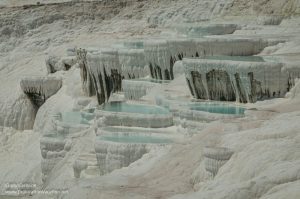
A Greco-Roman spa town and the enormous calcium terraces, waterfalls, basins and pools where it is located.
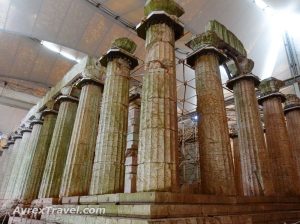
A classical temple with many original columns and the oldest Corinthian capital ever found.
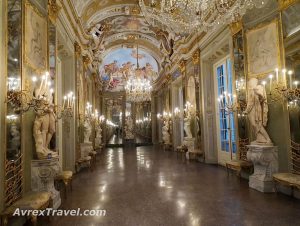
A group of private Baroque palaces used by government in the 16th-17th-century to house visiting dignitaries.

46 charming traditional villages connected by a network of cobbled paths, arched bridges and stone staircases.
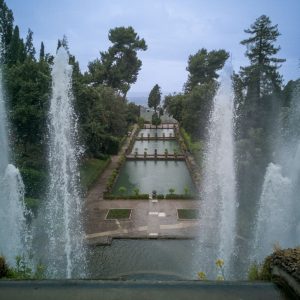
A 16th-century villa with a garden that epitomizes the Renaissance aesthetic in garden design.
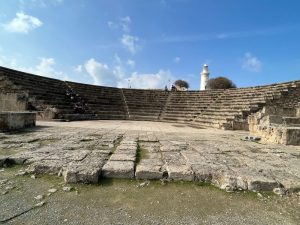
Ruins of an ancient town, much of it Roman-era, and birthplace of the cult of Venus.
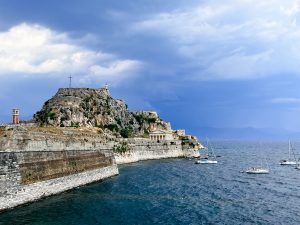
A strategically-important port city dominated by two Venetian fortresses and showing influences from later French, British and Greek rule.
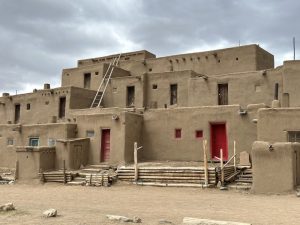
A centuries-old Puebloan community that still practices the traditional ways, living in distinctive adobe houses.

A charming medieval town known for its tall towers and Sienese Gothic artworks.

A monument of religious architecture from the Carolingian period of European unification under Charlemagne.
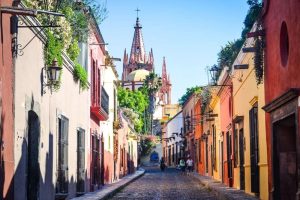
A colorful colonial-era town of Baroque architecture and its church complex with Mexican Baroque murals.

A small city where influences from three different world religions are visible in its architecture and art.

The remarkably-preserved remains of ancient Roman cities destroyed in a sudden eruption of Mount Vesuvius.
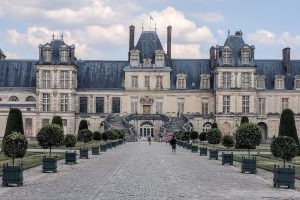
A magnificent 16th-century royal palace, particularly important for its artwork.
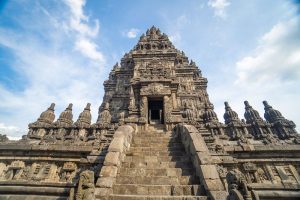
A 9th-century complex of hundreds of Hindu and Buddhist temples with stone carvings that are masterpieces of Siva art.

A monastery complex from the Bulgarian Renaissance, important to the spiritual and social life of Bulgaria.

A site used for 6,000 years by Plains people to hunt buffalo by driving them over a cliff.
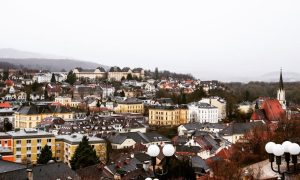
A picturesque segment of the Danube Valley with beautiful scenery and charming towns and villages.

An exhibition building and surrounding gardens representing the importance of the 19th-century’s international exhibition movement.
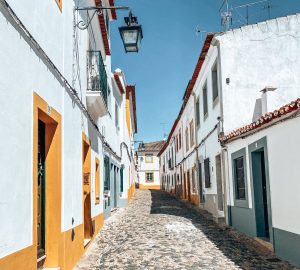
A museum city of architecture of the Portuguese golden age.
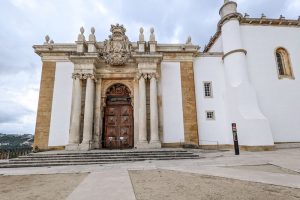
Portugal’s oldest university, with centuries of architecture and ancient traditions.
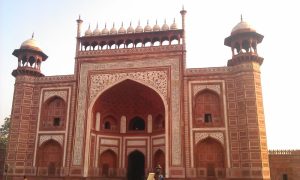
A stunning example of Mughal architecture in the form of a fortress containing palaces, audience halls and mosques.
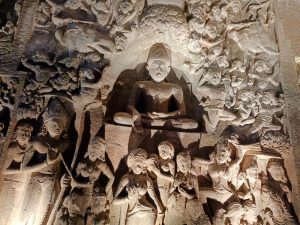
Thirty ancient caves carved into a cliff wall, many of them filled with Buddhist paintings and sculpture.
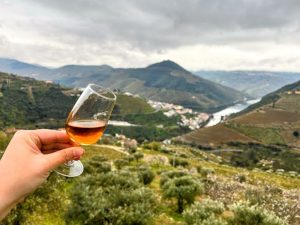
A river valley landscape shaped by centuries of Port wine cultivation and production.

A charming 18th-19th-century British colonial fishing settlement with colorful wooden buildings.
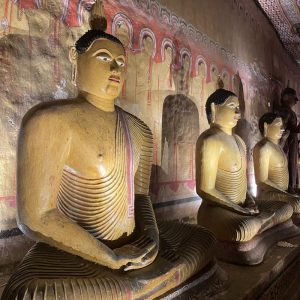
Five cave temples decorated with Buddhist paintings and sculpture, a place of pilgrimage for 2000 years.

A city with an interesting history of coexisting cultural communities, and with several historic monuments including a wonderfully intact Roman aqueduct.
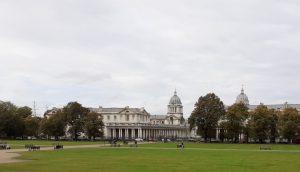
An elegant ensemble of architecturally important buildings from the 17th and early 18th century.
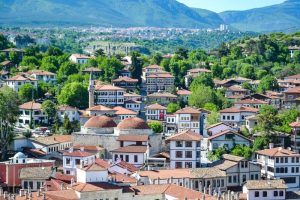
A medieval caravan stop on the Silk Road that contains many examples of traditional Ottoman architecture.